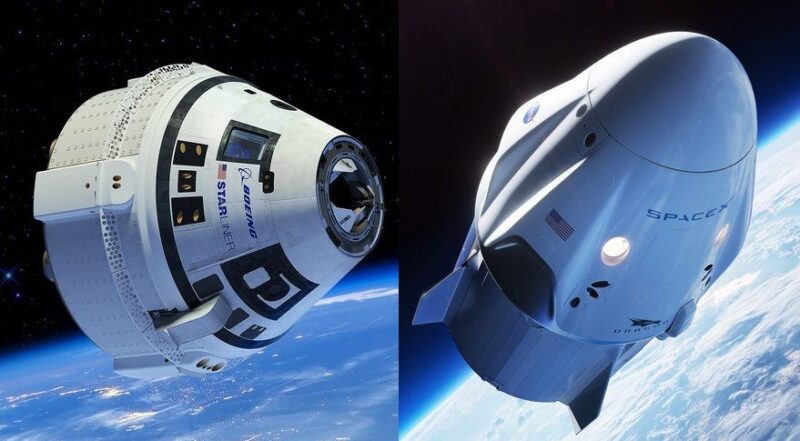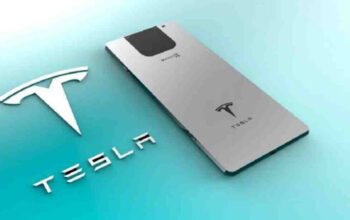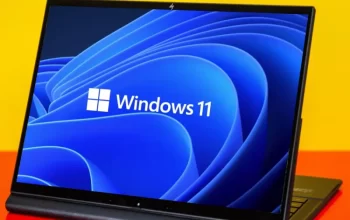Washington, United States: Boeing are going to be getting to get its spaceflight program back on target Tuesday with an uncrewed flight of its Starliner capsule to the International space platform (ISS), after its last such test in 2019 led to failure.
The spaceship is thanks to launch on an Atlas V rocket built by the United Launch Alliance from Cape Canaveral Space Force Station in Florida at 1:20 pm Eastern Time (1720 GMT).
A livestream of the mission, Orbital Flight Test-2 (OFT-2), are going to be abreast of NASA’s website.
About half-hour after launch, the Starliner capsule will fire its thrusters to enter orbit and start a daylong trip to the space platform , with docking set for 1:37 pm on Wednesday.
The weather outlook currently predicts a 60 percent chance of launch, with clouds and lightning the most possible hurdles.
The test flight was alleged to happen Friday but had to be rescheduled after a Russian science module inadvertently fired its thrusters following docking with the ISS, sending the orbital outpost out of its normal orientation.
After NASA ended the spacecraft program in 2011, it gave both Boeing and SpaceX multi-billion dollar contracts to supply its astronauts taxi services to the space platform and end US reliance on Russian rockets for the journey.
SpaceX’s program has moved forward faster, having now undertaken three crewed missions.
Boeing’s program is lagging behind. During an initial uncrewed test flight in December 2019, the Starliner capsule experienced software issues, did not dock at the ISS and returned to Earth prematurely.
NASA later identified 80 corrective actions Boeing needed to require and characterized the test as a “high visibility close call” during which era the spacecraft could are lost twice.
Steve Stich, manager of NASA’s commercial crew program, told reporters last week he had confidence this point around.
“We want it to travel well, we expect it to travel well, and we’ve done all the preparations we will possibly do,” he said.
“Starliner may be a great vehicle, but we all know how hard it’s , and it is a test flight also and that i fully expect we’ll learn something on this test flight.”
The spacecraft are going to be carrying quite 400 pounds (180 kilograms) of cargo and crew supplies to the ISS and can return quite 550 pounds of cargo, including air tanks, when it lands within the western US desert at the top of its mission.






